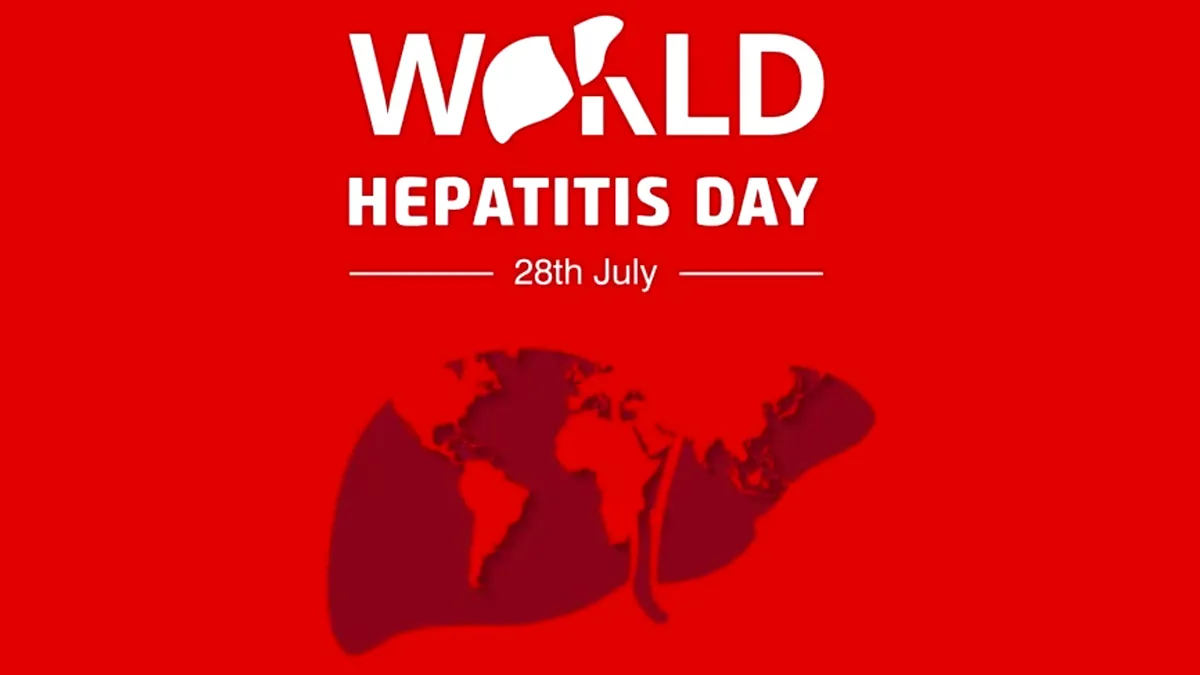
Every year, on July 28th, the world comes together to mark World Hepatitis Day. It's a day to bring awareness to a collection of stealthy illnesses, such as Hepatitis A, B, C, D, and E. According to stats, it quietly infects hundreds of millions of people worldwide, causing devastating liver damage, liver cancer, and leads to 1.3 million deaths each year. As we celebrate World Hepatitis Day 2025, the theme, ‘Hepatitis: Let's Break It Down,’ urges immediate action to break down the widespread barriers that are deterring our efforts against this preventable and curable public health emergency.
Table of Content:-
World Hepatitis Day 2025 Theme
The theme in 2025 is a call to action, and it is a strong one that stresses the urgent need to simplify, scale up, and integrate hepatitis services into national health systems. The World Health Organization explained that this day is to understand how to dismantle the myriad of barriers that prevent elimination. These barriers may include:
- Systemic Barriers: It encompasses poor infrastructure, poor access to health facilities, and lack of trained personnel, especially in rural and hard-to-reach areas.
- Societal Barriers: Stigma and discrimination around hepatitis remain significant deterrents, discouraging people from accessing testing, treatment, and care. Misconceptions and fear have caused isolation and further delay in diagnosis.
- Financial Barriers: Test, diagnosis, and treatment prices become unaffordable for most, relegating necessary care out of everyone's reach. ‘Let's Break It Down’ calls for affordable and accessible solutions for everyone.
- Informational Barriers: A dearth of knowledge on hepatitis – how it's transmitted, its signs, avoidance, and cure, provides the virus with a free rein to spread. This is a theme that seeks to empower with facts.
Through tackling these complex barriers, the world can as one approach the World Health Organization's (WHO) aim of eradicating viral hepatitis as a public health concern in 2030.

History of World Hepatitis Day
The designation of July 28th as World Hepatitis Day is no coincidence. It is in commemoration of the birthday of Nobel Laureate Dr. Baruch Samuel Blumberg, the scientist who identified the Hepatitis B virus (HBV) in 1967 and went on to create the first hepatitis B vaccine only two years afterward. His pioneering research was rewarded with the Nobel Prize in Physiology or Medicine in 1976 and provided the basis for worldwide initiatives against hepatitis.
Although different patient groups originally celebrated hepatitis day on different dates, it was apparent that an international observance was required. In 2008, the World Hepatitis Alliance, working together with patient groups, designated May 19th as the inaugural World Hepatitis Day. But it was at the 63rd World Health Assembly in May 2010 that the date was officially made July 28th, after worldwide endorsement as a priority to be made a focus of national and international awareness-raising activities. It has since become one of 11 official global public
Significance of World Hepatitis Day
World Hepatitis Day remains of crucial significance for a number of reasons:
- Raising Global Awareness
- Vehicle for Driving Policy and Healthcare Reform
- Minimising Stigma and Discrimination
- Promoting Prevention
- Promoting Testing and Early Diagnosis
- Uniting the Global Community
Looking towards 2030, World Hepatitis Day 2025 is a reminder that although we have the tools available to end hepatitis, we are still moving too slowly. The theme for this year and every year is a call for action that breaks down obstacles, streamlining care, and making sure that no one gets left behind on the path towards a hepatitis-free world.
Also watch this video
How we keep this article up to date:
We work with experts and keep a close eye on the latest in health and wellness. Whenever there is a new research or helpful information, we update our articles with accurate and useful advice.
Current Version